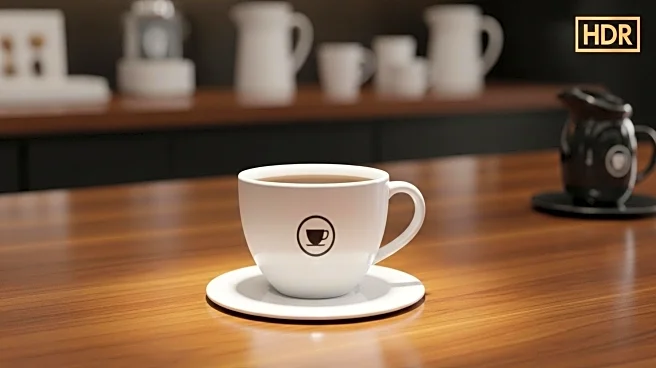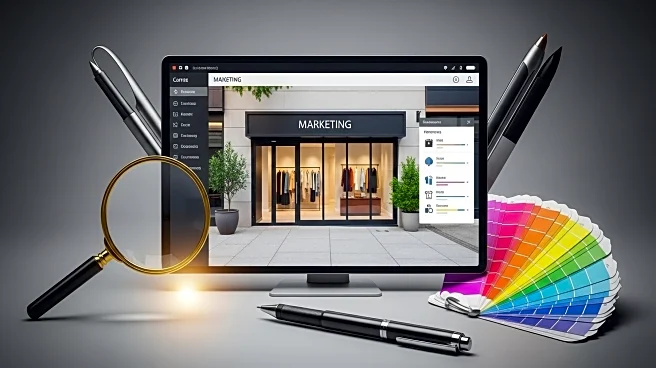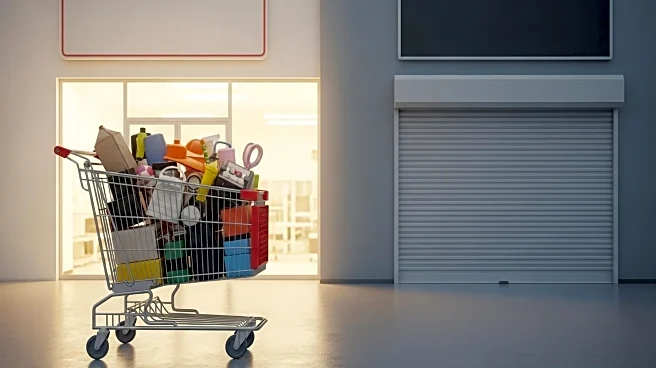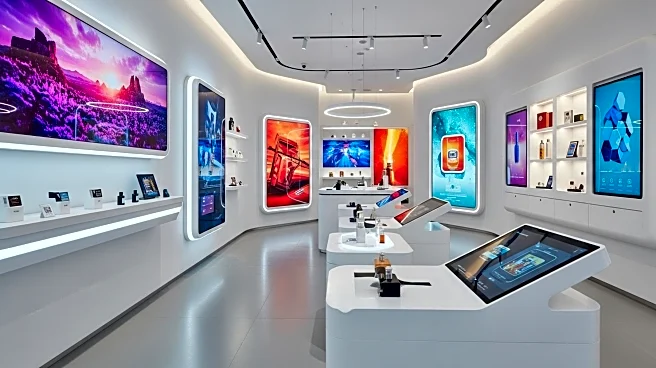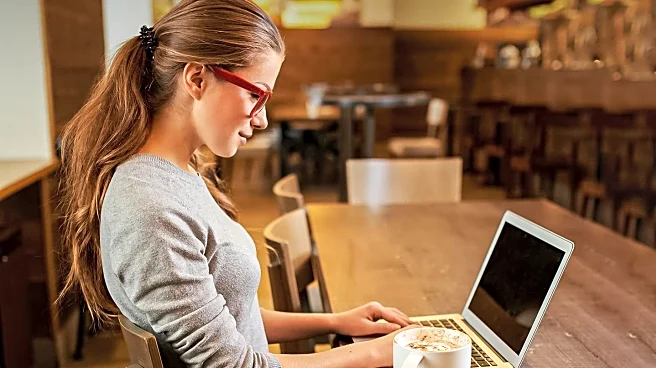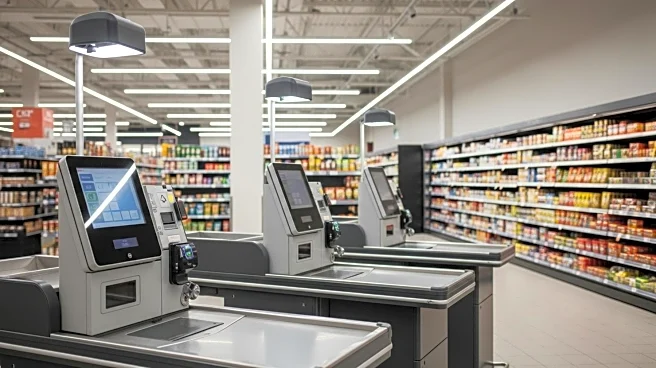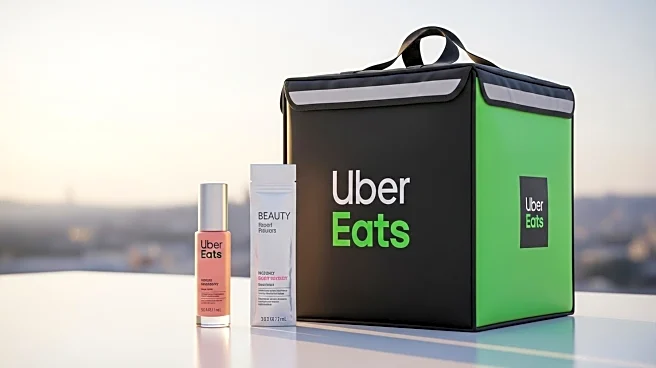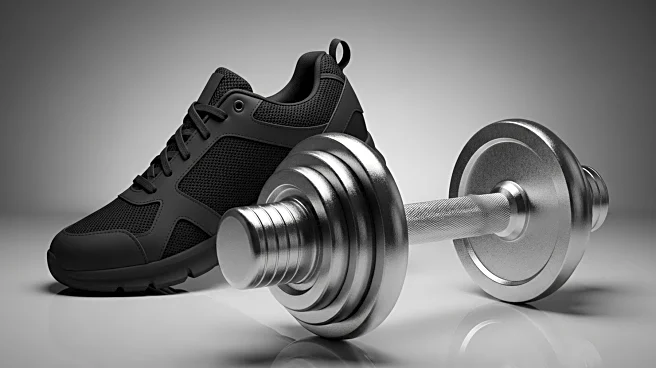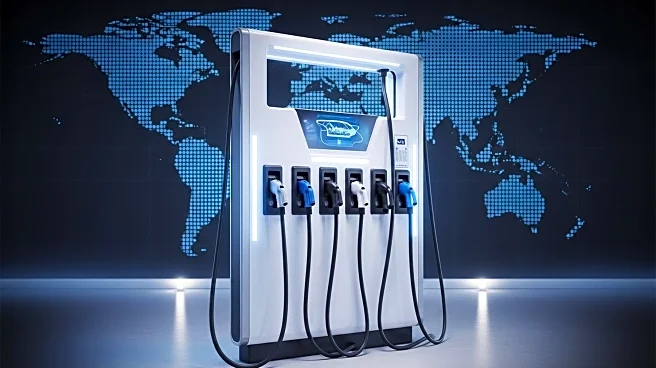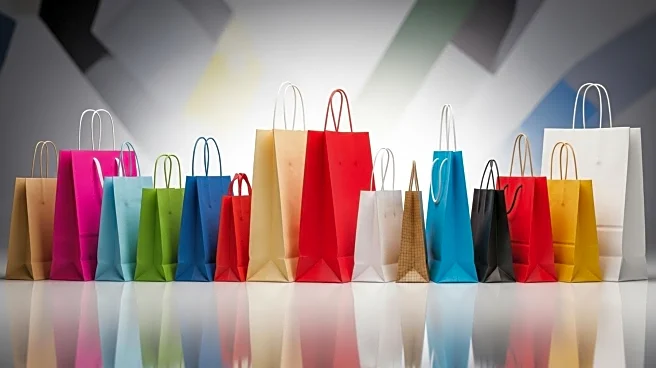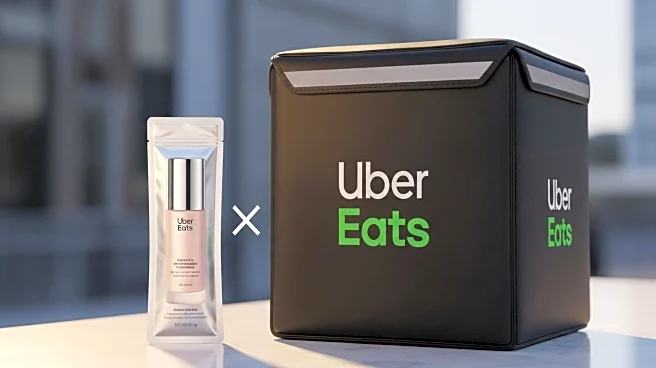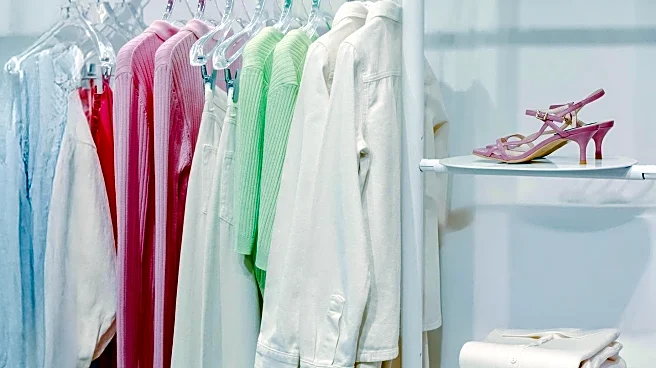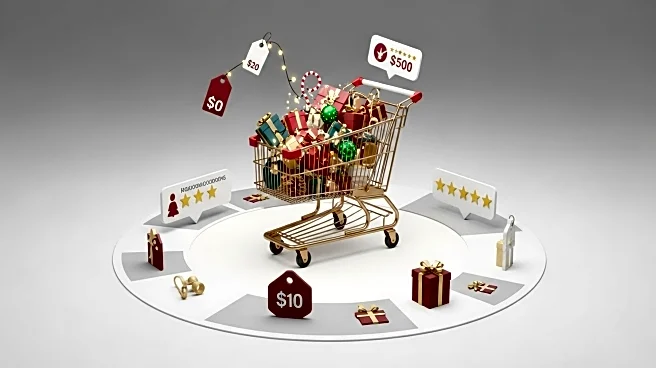What is the story about?
What's Happening?
Starbucks has announced plans to close or convert approximately 80 to 90 of its mobile order and pickup-only stores into traditional coffeehouse-style locations with seating by 2026. This decision comes as the company reassesses the effectiveness of its pickup-only format, which was initially introduced to cater to convenience-driven customers. The pickup-only stores, known as 'Starbucks Pick Up,' lacked seating and counters, focusing solely on mobile orders. Starbucks CEO Brian Niccol stated that the format was overly transactional and did not align with the brand's emphasis on warmth and human connection. Despite the closures, Starbucks will continue to offer mobile ordering and plans to enhance its mobile order and pay process with a new app in 2026.
Why It's Important?
The shift in Starbucks' store format strategy highlights the importance of customer experience and brand identity in retail operations. By moving away from the pickup-only model, Starbucks aims to reinforce its brand's core values of routine and atmosphere, which are crucial for customer retention. This decision may influence other retailers to reconsider similar convenience-focused formats that lack engagement and connection. The move also reflects broader trends in the retail industry, where companies are increasingly prioritizing customer experience over mere transactional efficiency. Starbucks' decision could impact its market presence in high-traffic areas such as city centers, college campuses, and airports, where these pickup-only stores were primarily located.
What's Next?
Starbucks plans to unveil a new app and enhance its mobile order and pay process in 2026, indicating a continued focus on integrating technology with customer experience. The company has not yet disclosed which specific locations will be closed or converted, leaving room for potential adjustments based on customer feedback and market conditions. Stakeholders, including customers and employees, may react to these changes, influencing Starbucks' future strategic decisions. The transition may also prompt discussions within the retail industry about balancing convenience with customer engagement.
AI Generated Content
Do you find this article useful?
